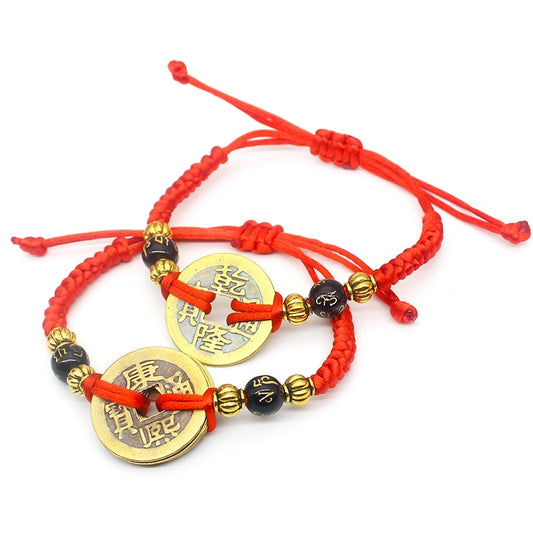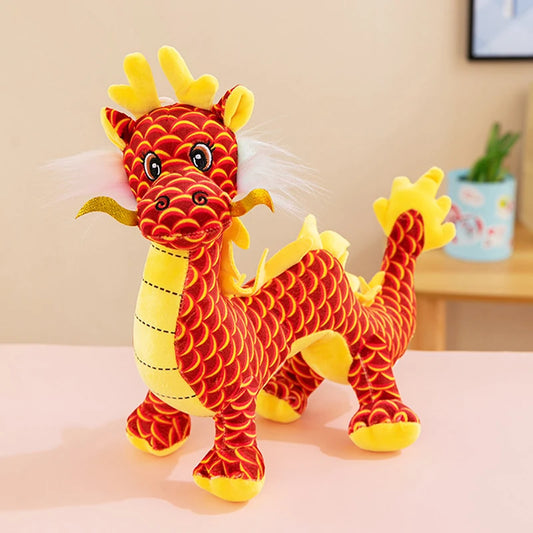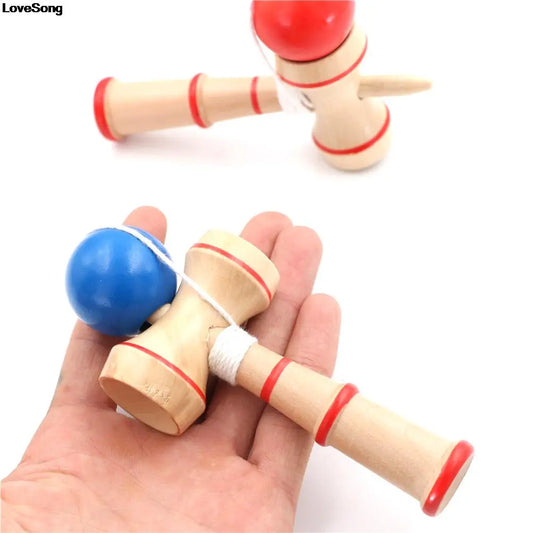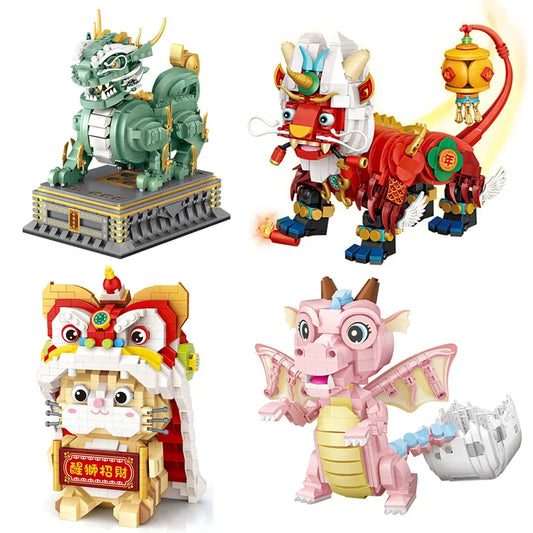Ancient China was one of the most advanced and influential civilizations in human history. It spanned thousands of years and witnessed the rise and fall of many dynasties, emperors, and cultures. From inventions and discoveries to religions and arts, ancient China left a rich and diverse legacy for the world. Here are 10 fun facts of ancient China that you may not know.
1. Ancient China invented paper, printing, gunpowder, and the compass
These four inventions are known as the Four Great Inventions of Ancient China. They had a profound impact on the development of Chinese and world civilization. Paper was invented in the 2nd century BCE by a court official named Cai Lun, who used plant fibers and rags to make sheets of writing material. Printing was invented in the 7th century CE by using woodblocks to carve texts and images that could be transferred to paper. Gunpowder was discovered by alchemists in the 9th century CE while they were trying to make an elixir of immortality. It was later used for fireworks, weapons, and mining. The compass was invented in the 11th century CE by using a magnetized needle that could point to the magnetic north. It was used for navigation, astrology, and geomancy.
2. Ancient China had three main religions: Confucianism, Taoism, and Buddhism
Confucianism was a system of moral and social philosophy that was based on the teachings of Confucius (551-479 BCE), a sage and educator who lived during the Spring and Autumn period. Confucianism emphasized humaneness, loyalty, filial piety, ritual propriety, and benevolence as the core values of society. Taoism was a system of metaphysical and ethical teachings that was based on the writings of Laozi (6th century BCE), a legendary figure who authored the Tao Te Ching, a classic text of Taoism. Taoism advocated harmony with nature, simplicity, spontaneity, and non-interference as the principles of living. Buddhism was a religion that originated in India and spread to China in the 1st century CE through trade and missionary activities. Buddhism taught the concepts of karma, rebirth, nirvana, and the Four Noble Truths as the path to enlightenment.

3. Ancient China had the longest lasting empire in world history
The Chinese empire lasted from the Qin dynasty (221-206 BCE) to the Qing dynasty (1644-1911 CE), a span of over two millennia. The Qin dynasty was the first to unify China under a centralized and legalistic system of government. The Qin emperor, Shi Huangdi, is famous for building the first version of the Great Wall of China and the Terracotta Army to protect his tomb. The Qing dynasty was the last imperial dynasty of China, which was ruled by the Manchu ethnic minority. The Qing dynasty expanded China’s territory to its largest extent, but also faced internal rebellions and external invasions that led to its collapse in 1911.
4. Ancient China had two major rivers that shaped its civilization: the Yellow River and the Yangtze River
The Yellow River is also known as Huang He or “the river of sorrow” because of its frequent floods that caused disasters and deaths. However, it is also regarded as “the cradle of Chinese civilization” because it nurtured the earliest cultures along its banks, such as the Xia, Shang, and Zhou dynasties. The Yellow River is also famous for its loess soil, which is fertile and easy to cultivate. The Yangtze River is also known as Chang Jiang or “the long river” because it is the longest river in Asia and the third longest in the world. It flows from the Tibetan Plateau to the East China Sea, crossing diverse landscapes and climates. The Yangtze River is also important for its hydroelectric power, irrigation, transportation, and biodiversity.
5. Ancient China discovered silk in the 3rd millennium BCE
Silk is a natural fiber that is produced by silkworms when they spin cocoons. According to legend, silk was discovered by a Chinese empress named Leizu when she accidentally dropped a silkworm cocoon into a cup of hot water and noticed the fine thread that unraveled from it. Silk became a valuable commodity that was used for clothing, art, and diplomacy. Silk was also the main item that was traded along the Silk Road, a network of routes that connected China with the rest of Asia, Europe, and Africa.

6. Ancient China invented tea and made it a national drink
Tea is a beverage that is made from the leaves of the Camellia sinensis plant, which is native to China. According to legend, tea was discovered by a Chinese emperor named Shennong when he boiled some water and a leaf from a nearby tree fell into his pot. Tea became a popular drink that was enjoyed by people of all classes and occasions. Tea was also associated with various aspects of Chinese culture, such as medicine, philosophy, poetry, and art. Tea culture reached its peak during the Tang (618-907 CE) and Song (960-1279 CE) dynasties, when tea ceremonies, tea contests, and tea houses flourished.
7. Ancient China invented kites and used them for various purposes
Kites are light frames covered with paper or cloth that can fly in the air by using the wind. Kites were invented in China around the 5th century BCE by using bamboo and silk. Kites were used for many purposes, such as entertainment, communication, military, scientific, and religious. For example, kites were used to send messages, measure distances, test the wind, observe enemy movements, scare away birds, and worship the gods.
8. Ancient China had three main schools of thought: Confucianism, Taoism, and Legalism
Confucianism, Taoism, and Legalism are also known as “the Three Ways” or “the Three Teachings” of ancient China. They represent different approaches to social order and human nature. Confucianism focused on moral education and human relationships as the basis of a harmonious society. Taoism focused on natural harmony and individual freedom as the source of happiness. Legalism focused on strict laws and harsh punishments as the means of maintaining order and stability. These three schools of thought influenced each other and coexisted in ancient China.
9. Ancient China had a complex system of writing that evolved over time
The Chinese writing system is one of the oldest and most sophisticated in the world. It consists of thousands of characters that represent words or syllables. The earliest form of Chinese writing was oracle bone script, which was used for divination during the Shang dynasty (1600-1046 BCE). Oracle bone script was carved on animal bones or turtle shells that were heated until they cracked. The cracks were interpreted as answers from the ancestors or gods. The next form of Chinese writing was bronze script, which was used for inscriptions on bronze vessels during the Zhou dynasty (1046-256 BCE). Bronze script was more standardized and stylized than oracle bone script. The final form of ancient Chinese writing was seal script, which was used for official documents and seals during the Qin dynasty (221-206 BCE) and the Han dynasty (206 BCE - 220 CE). Seal script was more elegant and uniform than bronze script.
10. Ancient China had a unique system of mathematics that developed independently from other civilizations
The Chinese system of mathematics was based on a decimal system that used a counting rod or an abacus to perform calculations. The Chinese also invented the concept of zero and negative numbers, as well as fractions and decimals. The Chinese also made remarkable achievements in algebra, geometry, trigonometry, astronomy, and calendar. For example, they solved quadratic equations using a method similar to completing the square; they approximated pi to seven digits using inscribed polygons; they calculated the length of the year to be 365.2425 days; and they devised a lunisolar calendar that synchronized the phases of the moon with the seasons of the year.
Final Words
Ancient China was a fascinating civilization that contributed greatly to human knowledge and culture. It had many fun facts that reflect its diversity and creativity. By learning more about ancient China, we can appreciate its legacy and understand its influence on the modern world.









